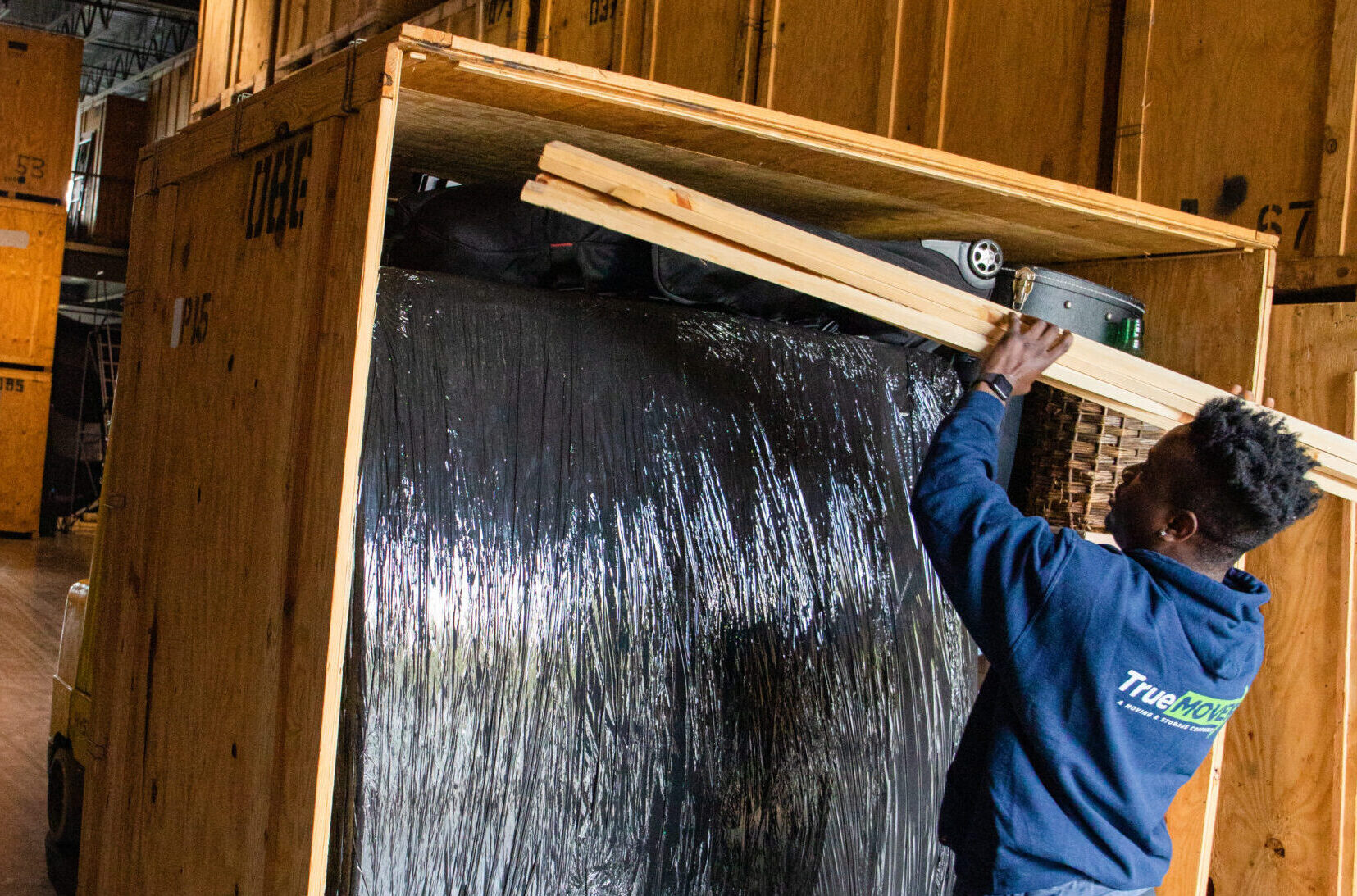You’ve booked your movers, chosen your moving date, and just when you thought the hard part was over… someone hands you a clipboard.
There it is, in black and white: moving insurance.
Do you need it? Is it worth it? Is this just another add-on that sounds important but doesn’t actually do much? Or worse—is it a scam?
It’s a common moment of hesitation, and you’re not alone in wondering what you’re really signing up for. At TrueMover, we believe in transparency, so let’s break it down: what moving insurance is, what it covers (and what it doesn’t), and how to decide if it’s right for you.
What Is Moving Insurance, Really?
First things first: “moving insurance” isn’t exactly traditional insurance. It’s technically a valuation offered by your moving company. That means it’s regulated differently than homeowner’s or renter’s insurance, and it comes with its own rules.
Still, it functions in a similar way—it helps cover the cost of your belongings if they’re damaged, lost, or broken during the move.
The Two Main Types of Coverage
1. Released Value Protection (a.k.a. the Free Option)
This is the basic coverage that moving companies are required to offer at no additional charge. But here’s the catch:
- It typically covers $0.60 per pound per item.
So if your 10-pound flat-screen TV gets cracked in transit, you’d be compensated… $6.00.
Released Value is better than nothing, but it won’t go far for high-value items.
2. Full Value Protection
This is the premium coverage option. It means your mover is responsible for either:
- Repairing the item
- Replacing it with a similar item
- Offering a cash settlement for its current market value
There’s usually a deductible, and it costs more upfront, but it can be well worth it if you’re moving expensive furniture, artwork, or electronics.
What’s Not Covered
Even with Full Value Protection, there are limits. Most moving services won’t cover:
- Items you packed yourself (unless damage is clearly due to mover negligence)
- Valuables like jewelry, cash, or important documents
- Natural disasters (unless you’ve purchased third-party insurance)
It’s important to read the fine print and ask questions before moving day.
When Should You Invest in Additional Coverage?
If any of these apply, you may want to consider paying for extra protection:
- You’re moving long distance
- You have high-value or fragile items
- You want full replacement cost if something is damaged
- You’re doing a partial DIY move and want coverage for the professional portion
Some homeowners and renters policies cover belongings in transit—but not all. Give your insurance agent a quick call to confirm before assuming you’re covered.
A Quick Word About Third-Party Moving Insurance
Some clients choose to purchase additional coverage from a third-party insurer. This can fill in the gaps, especially for high-value moves or long hauls across the country. Just be sure the policy works alongside your mover’s protection—not against it.
Protecting What Matters Most
We get it—no one wants to plan for worst-case scenarios. But at TrueMover, we’ve seen firsthand how a little insurance can go a long way in reducing stress and avoiding major headaches.
Whether you’re relocating across town or across the country, our moving company is here to help you understand your options, protect your belongings, and make your move as smooth as possible.
Let’s Move with Confidence
Need help figuring out the best moving insurance for your situation? Contact TrueMover today. Our team will walk you through your options and help you choose the right level of protection for your peace of mind.
Get your free quote today —and let’s move smart, not sorry.



